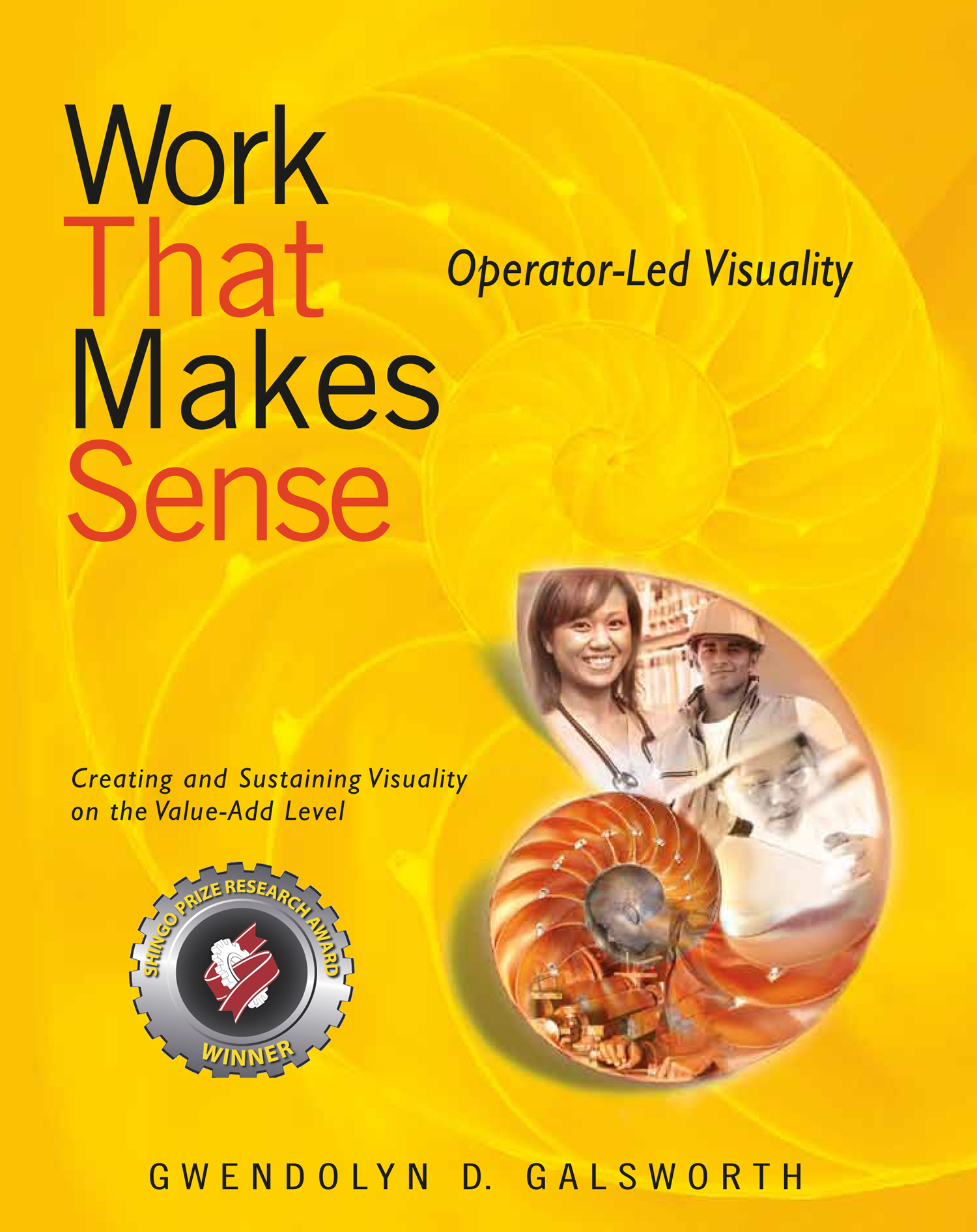The Work That Makes Sense Online Training System (WTMS) is a comprehensive method for teaching, implementing, and sustaining operator-led visuality in manufacturing companies of every kind. Each online module is approximately one hour in length, divided into learning segments that build understanding and application. The WTMS online system is ideally framed for teaching groups and designed so your in-house trainers can facilitate the instruction in-person. This personal delivery is a proven means of increasing the effectiveness of WTMS and its impact on your bottom line and company work culture. The WTMS system was created by Dr. Gwendolyn Galsworth, a widely-recognized visual expert, with more than 30 years in the field and author of many books, including Work That Makes Sense and Visual Workplace/Visual Thinking, both Shingo Publication Award recipients.

Choose a standard plan below or contact Visual Thinking Inc. for a customized plan.
Receive a $500 discount on any plan by entering the code SHINGO at checkout.
EACH PLAN INCLUDES: